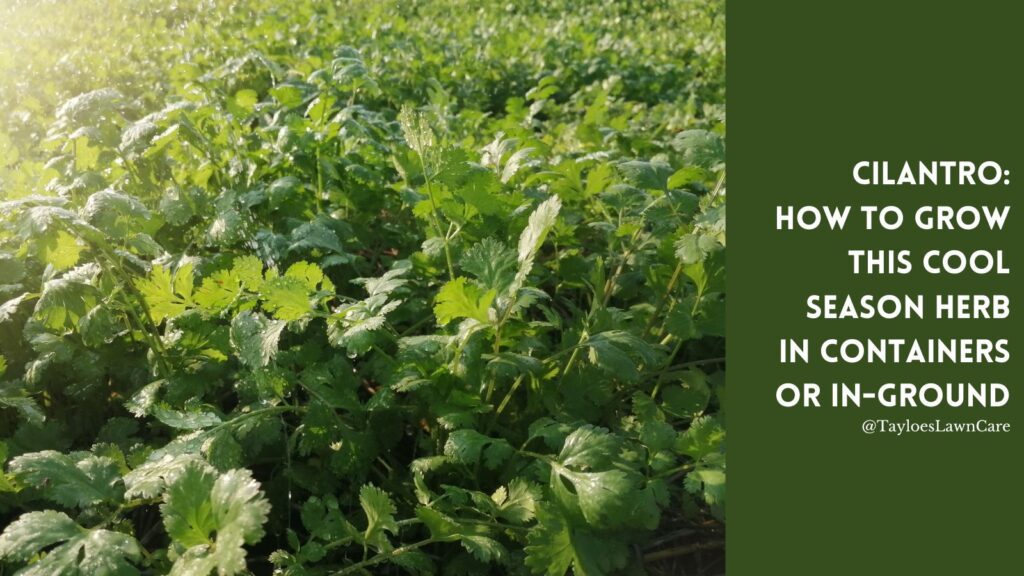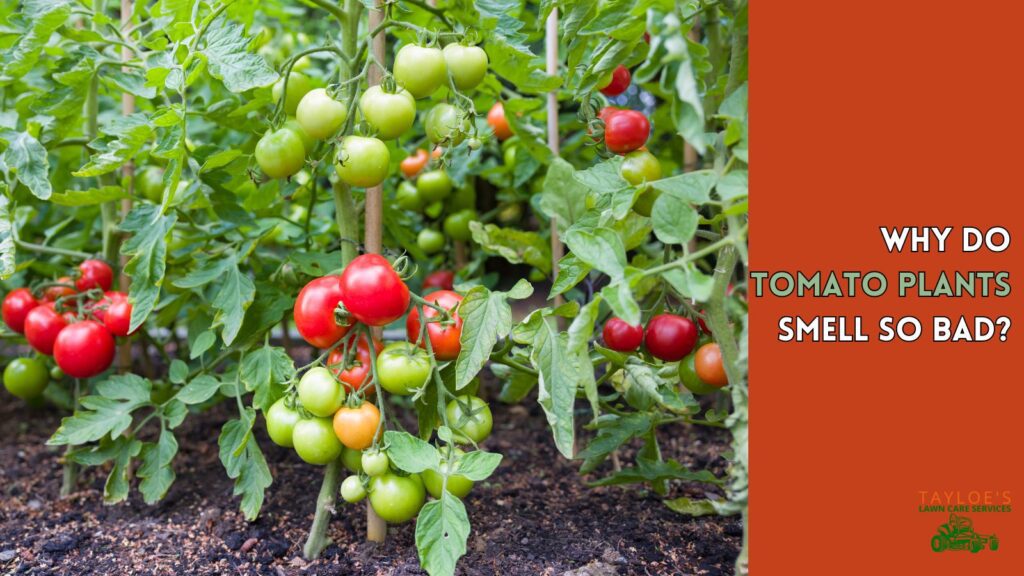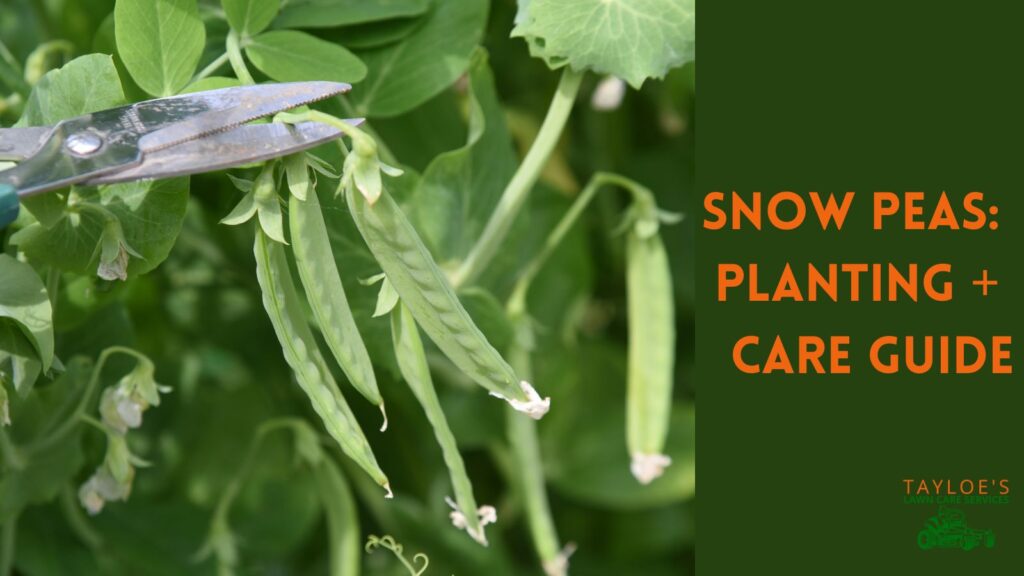Last Updated on: 21st October 2023, 12:00 pm
Growing potatoes is perfect for beginners (try it in the cool temperatures of spring or fall).
Gardening often brings to mind images of blossoming flowers or planting trees. But have you ever thought about growing potatoes in your garden? If you love spuds but don’t know how to grow potatoes, here’s your chance!
Potatoes make a fantastic addition to any garden, as they’re easy to grow and offer substantial nutritional benefits for your family. If you enjoy cooking with potatoes, cultivating them at home can save money and trips to the grocery store.
Varieties of Potatoes to Grow
Potatoes are available in numerous varieties, including white, red, and yellow. Your plant type will depend on your taste preferences and the growing season. Some of the most popular varieties to grow are:
- Red Potatoes: These potatoes are rich in vitamin C, minerals, B-complex vitamins (e.g., folate), and antioxidants.
- Yukon Gold: A popular grocery store variety, Yukon Gold potatoes have a rich, buttery flavor and are ideal for roasting or frying. They’re also high in vitamin C and iron.
- Russet Potatoes: Russets are white, waxy potatoes with significant amounts of vitamin C, iron, phosphorus, potassium, calcium, and protein.
- Fingerling Potatoes: Small, round, and thin-skinned, fingerlings have a generous dose of vitamin C, magnesium, iron, phosphorus, and potassium.
- New Potatoes: New potatoes are harvested before full maturity. They’re tender and flavorful, containing ample amounts of vitamin B6, folate, and zinc.
It’s essential to be familiar with each variety’s growth patterns. For example, some potato types (e.g., Yukon Gold) must be planted earlier than others (e.g., Red).

Sprouting Potatoes From Eyes
While most people begin potato plants from seeds, you can also sprout them from its eyes. The humble spud is an excellent choice for gardeners looking for a continuous harvest of new potatoes throughout the season. To start plants from potato eyes, you’ll need these things:
- A bag containing a few inches of paper towels
- Three or four small potatoes
- A warm area in your home, such as the top of your refrigerator
- A timer set for four to six weeks
Check daily for growth, and when the potatoes are about five inches long with several leaves, plant them in your garden or small pots.
Starting Potatoes From Seeds
If you don’t have potatoes to sprout, consider starting your plants from seeds. You can purchase potato seed packets at garden centers or online. You might find some limited “true” potato varieties available in seed catalogs, so you may need to experiment or choose a specific variety for your region.
Best Place to Plant Potatoes
Potatoes can be grown in various locations, including container gardens and raised beds, as long as the soil is well-drained and not overly rocky or clay-like. Sandy soil is ideal, as potatoes require consistent moisture but few nutrients. The climate is also crucial, as potatoes grow best in cooler climates. However, some cultivars can adapt to warmer regions, producing smaller tubers.
When selecting a location, consider the following:
- Fertility: Choose an area with high fertility and deep, loose soil.
- Soil pH: Potatoes prefer slightly alkaline soils with a pH range of 5.5 to 8.0.
- Watering: Select a site with good drainage and consistent watering throughout the growing season.
- Exposure: Choose a location with full sun and minimal exposure to extreme temperatures above or below 60 degrees F.
How to Grow Potatoes
Once you’ve chosen a suitable place to grow your potatoes, it’s time to plant them. Plant seed potatoes when they’re about five inches long and well-rooted. If you’re growing them indoors as container plants, plant them for at least one month before transplanting them into the garden. The ideal time to plant is when sprouted potatoes are around ten inches tall with a few leaves.
Plant them four to six inches deep and approximately eighteen inches apart, depending on the potato variety. It can take four to six weeks for the plants to produce mature tubers. Keep the soil evenly moist, not too dry or too wet. If your plants become leggy, fertilize them with a balanced fertilizer when they’re about half their original size.
After three months, you should see new tubers beginning to form. Harvest when they’re mature, which can take three to five months, depending on the climate and potato variety.
Harvesting and Storage
When harvesting your potatoes, dig them up carefully and place them in a cool, shaded area for two or three days. Cover them for the first few days after harvesting to protect them from excess rain or water. Wait for the skins to toughen before storing, which may take two to three weeks. To avoid cuts, wash them one week after harvesting and dry them thoroughly.
Store potatoes for up to four months in a cold storage area at approximately 40° with high humidity. If you have more potatoes than you can use, harvest them as soon as they’re ready and place them directly into an excellent storage area.
Common Pests and Diseases That May Impact Potato Plants
Like tomatoes, potatoes are susceptible to various diseases. Keep an eye out for wet leaves and fungus, removing affected leaves and disposing of them. Destroy any diseased tubers as well.
Watch out for “potato wart,” a yellowish growth on potato leaves or soil that spreads by contact with other potatoes. Control it by removing affected foliage and spraying it with alcohol or soap.
Traps can also be effective: pour beer into glasses and place them near your plants or beside your pile of diseased potatoes. The insects will be attracted and drown. Repeat this after every rain, but it’s one of the simplest garden chores you can undertake.
How to Care for and Maintain Potatoes
Proper care is crucial for a successful potato harvest. Here are some tips to ensure your potato plants thrive:
- Watering: Maintain consistent moisture in the soil, but avoid overwatering. Potatoes require regular watering, but soggy soil can lead to rot and disease.
- Fertilizing: Apply a balanced fertilizer when your potato plants are half their original size. It promotes healthy growth and better yields.
- Hilling: As your potato plants grow, mound soil around their base to keep the developing tubers covered. It prevents the potatoes from turning green and toxic due to sun exposure.
- Weeding: Keep the area around your potato plants weed-free to minimize competition for nutrients and water.
- Pest and Disease Control: Regularly inspect your plants for signs of pests or diseases. Please address any issues promptly to prevent them from spreading or causing significant damage.
How to Grow Potatoes Successively for a Continuous Harvest
For a continuous harvest throughout the entire growing season, try successive planting. Stagger planting times by starting new batches of potatoes every two to four weeks. This practice ensures that as one batch is ready for harvest, another will grow, providing a steady supply of fresh potatoes.



The Takeaway: Learning How to Grow Potatoes Is Perfect, Even for Beginner Gardeners
Growing potatoes in your home garden is a simple and rewarding process. You will enjoy a bountiful harvest of yummy and nutritious potatoes by selecting the right variety, planting in a suitable location, and providing proper care. Not only will you save money and trips to the grocery store, but you’ll also experience the satisfaction of cultivating a delicious and versatile staple right in your backyard.

Author Profile

- Deborah Tayloe is the CEO and co-founder of Tayloe's Lawn Care Services, LLC. She has a B.S.Ed and holds certificates in soil and water management and herbology from accredited programs.
Latest entries
 GardeningSeptember 27, 2025What perennials, shrubs, and trees don’t like fall pruning (and why)?
GardeningSeptember 27, 2025What perennials, shrubs, and trees don’t like fall pruning (and why)? Trees and ShrubsSeptember 14, 2025Fall Shrub Pruning Guide (September–October)
Trees and ShrubsSeptember 14, 2025Fall Shrub Pruning Guide (September–October) Trees and ShrubsApril 22, 2025Boxwood Blight: Early identification and isolation
Trees and ShrubsApril 22, 2025Boxwood Blight: Early identification and isolation Flower GardenApril 8, 2025John F. Kennedy Rose: Hybrid tea rose with elegant white blooms
Flower GardenApril 8, 2025John F. Kennedy Rose: Hybrid tea rose with elegant white blooms





